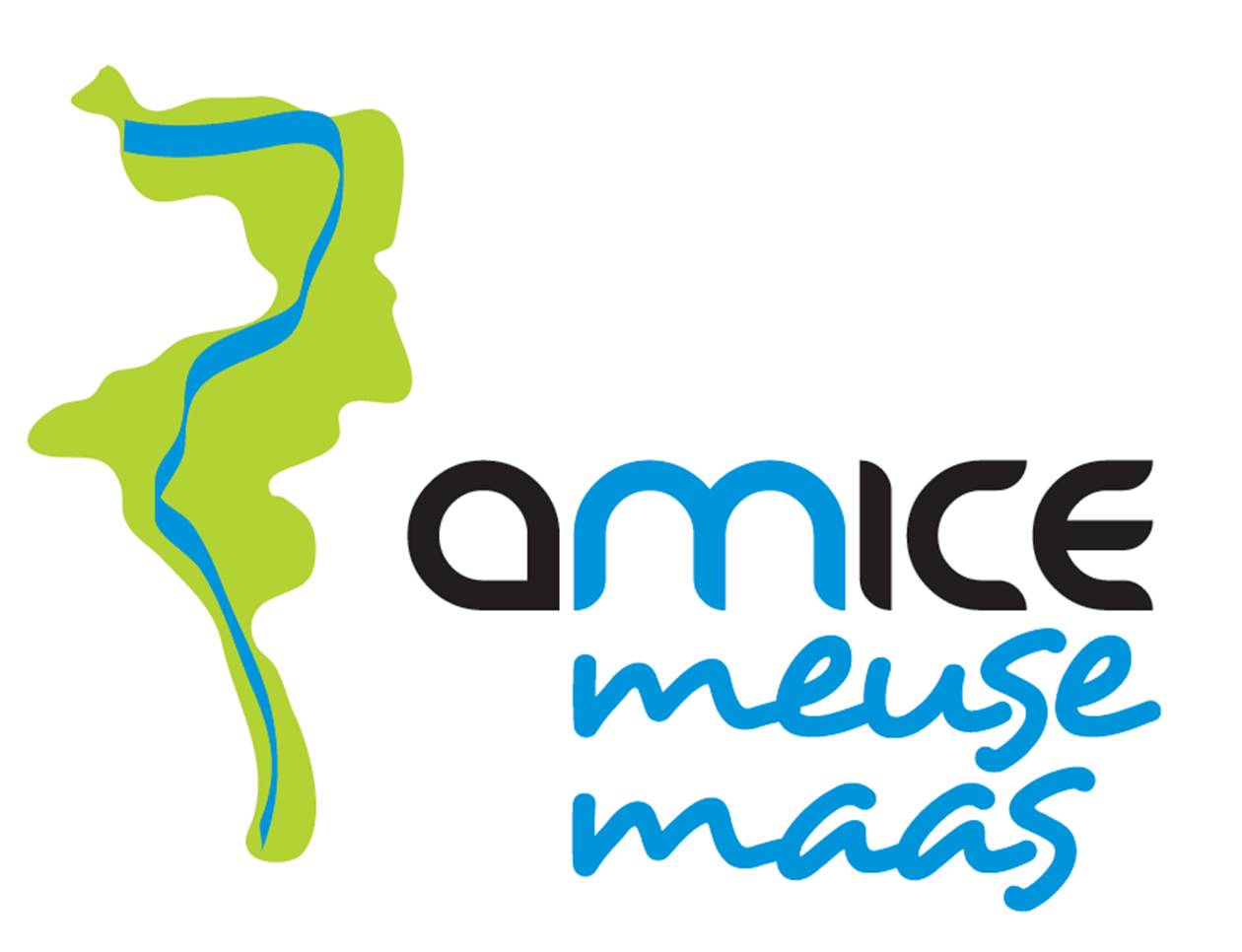Interregional Consortium uses satellite information for transnational cooperation on floods

EPAMA
The Meuse river basin, with a drainage area of 34 548 km² and nearly nine million inhabitants, is a major geographic link between Belgium, France, Germany, Luxembourg and the Netherlands. In addition to sustaining the living ecosystem, the water of the basin is used for domestic, agriculture, industry, navigation and recreation purposes.
In France, EPAMA (the Public Entity for the Management of the River Meuse and its Tributaries) supports local authorities and communities in the Meuse watershed to better prevent and manage flood risks.
The challenge
The discharges of the Meuse river fluctuate from 3 100 m3/s in winter 1993 at the Dutch/Walloon border to only 20-40 m3/s in summers. Precipitations impact directly high and low waters, leading to more floods in winter, which threaten assets in the basin, including major infrastructures, industries, and historical and ecological heritage.
“In the case of an international river basin district falling entirely within the Community, Member States shall ensure coordination with the aim of producing a single international river basin management plan” WATER DIRECTIVE 2000/60/EC
The satellite solution
Convinced of the need for better international cooperation to address these risks, EPAMA teamed up with partners from Germany, the Netherlands and Belgium in AMICE, an EC INTERREG IVB project, to improve transnational flood management on the Meuse basin.
A web-based platform with information on water-related risks was set up by combining the available tools and data from national organisations. During a 10-day simulation exercise, satellite maps combined with a virtual representation of the extent of the flood produced by Sertit, a French regional centre for satellite data interpretation, were used to better understand the full dynamics and impact of floods along the basin, and to test the possibility that satellite information can be fed in the platform in real time in case of disaster. Indeed, thanks to the International Charter, an international convention, it is possible for regions affected by disasters to obtain free satellite maps in near real time.
The result
The platform is key for partners to coordinate prevention and preparedness strategies. It provides free and easy-to-update preparedness information for flood crisis management on a local level. Notably, the platform helps local authorities to set up their community safety plans and it could permit partners to benefit from free satellite maps in case of disasters, thanks to the International Charter.
“On the spot with local stakeholders, the satellites maps are useful to rise awareness about flood risks. Indeed they are more evocative than the simply mentioning discharge values. They permit to see directly the progress of flood peak, the flood level, and stakeholders and property affected all along the course of the river.” Xavier Caron, Director, EPAMA

